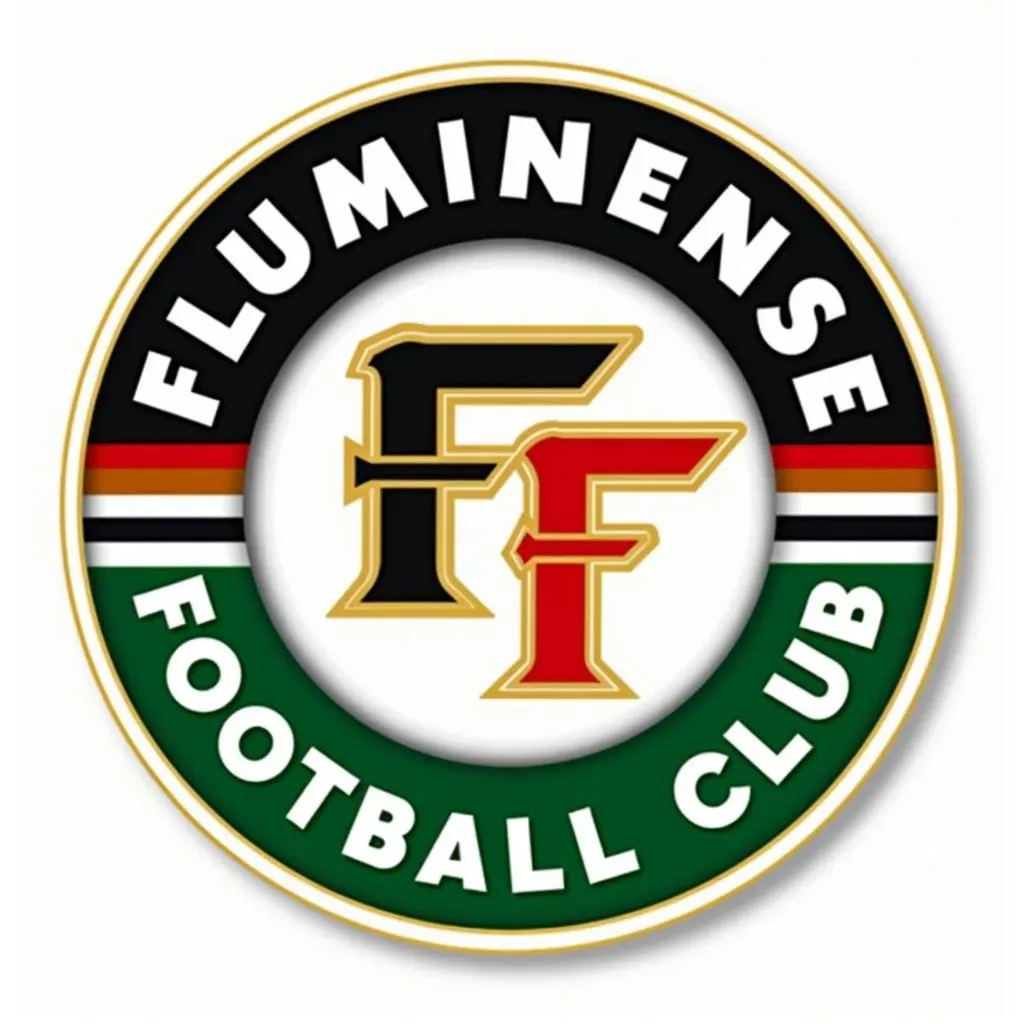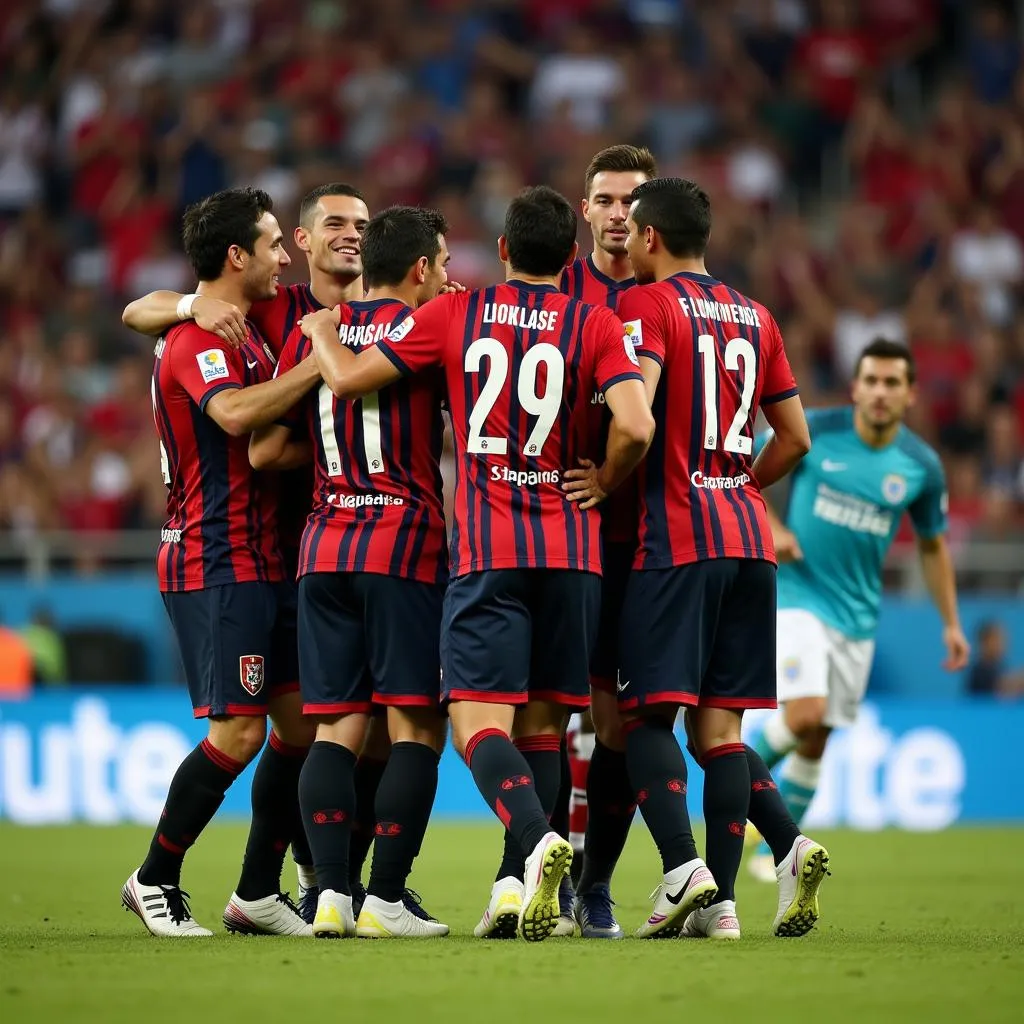
Fluminense Soccer Team: A Legacy of Passion and Glory
Fluminense Football Club, often simply known as Fluminense, is one of the most celebrated and historic football clubs in Brazil. The club’s passionate fanbase, known as Tricolores, is a testament to its rich legacy and enduring appeal. This article delves into the history, achievements, and cultural significance of Fluminense, shedding light on what makes this team a true icon of Brazilian football.
A Glimpse into Fluminense’s History
Fluminense Football Club was founded on July 21, 1902, in Rio de Janeiro, Brazil. It’s one of the four “big clubs” of Rio de Janeiro, alongside Flamengo, Vasco da Gama, and Botafogo. The club’s name, Fluminense, is derived from the Latin word “Flumen,” which means “river,” signifying the team’s strong ties to the city and its surrounding waterways.
Fluminense’s early years were marked by consistent success, winning the Campeonato Carioca, the Rio de Janeiro state championship, on numerous occasions. The club quickly established itself as a force to be reckoned with in Brazilian football, showcasing a distinctive style of play that emphasized elegance and precision.
The Rise of a Champion: Fluminense’s Golden Era
The 1970s and 1980s witnessed a golden era for Fluminense. Led by legendary players like Rivellino, Carlos Alberto Torres, and Roberto Dinamite, the team achieved unprecedented success, winning the Campeonato Brasileiro Série A, the Brazilian national championship, in 1970, 1971, 1975, and 1984.
“Fluminense’s golden era was a period of immense pride and achievement,” says Ricardo Pereira, a veteran football journalist. “The team’s dazzling performances on the pitch captured the hearts of fans across Brazil, solidifying its status as one of the greatest football clubs in the country.”
Fluminense’s Modern-Day Legacy
Fluminense has continued to maintain its status as a prominent force in Brazilian football in the modern era. Despite experiencing some challenging periods, the club has consistently competed for top honors, winning the Campeonato Brasileiro Série A in 2010 and the Copa do Brasil, Brazil’s national cup competition, in 2007 and 2019.
The team’s recent success is partly attributed to its emphasis on youth development, consistently nurturing talented young players who have gone on to represent Brazil at the international level. Fluminense’s commitment to fostering future stars has ensured that its legacy continues to thrive.
The Fluminense Fanbase: A Sea of Passion
The passion and dedication of Fluminense’s supporters, the Tricolores, are a testament to the club’s enduring appeal. Their unwavering support has been a constant source of inspiration for the team, creating a truly unique and vibrant atmosphere at their home stadium, the Estádio do Maracanã.
“There’s something truly special about being a Fluminense fan,” says Mariana Silva, a lifelong supporter. “It’s more than just a football club; it’s a way of life, a symbol of pride, and a source of deep connection to the community.”
Fluminense: A Beacon of Brazilian Football
Fluminense Football Club stands as a beacon of Brazilian football, a testament to the power of passion, dedication, and sporting excellence. The club’s rich history, legendary achievements, and passionate fanbase have solidified its place as one of the most celebrated and respected football clubs in the world.
FAQs
Q: What is Fluminense’s home stadium?
A: Fluminense’s home stadium is the iconic Estádio do Maracanã, which is also the national stadium of Brazil.
Q: Who are some of Fluminense’s most famous players?
A: Some of Fluminense’s most famous players include Rivellino, Carlos Alberto Torres, Roberto Dinamite, and Fred.
Q: What are some of Fluminense’s major achievements?
A: Fluminense has won the Campeonato Brasileiro Série A four times, the Campeonato Carioca state championship on numerous occasions, and the Copa do Brasil twice.
Q: What is the significance of Fluminense’s name?
A: Fluminense is derived from the Latin word “Flumen,” which means “river,” representing the team’s strong connection to Rio de Janeiro and its waterways.
Q: What is the Fluminense fanbase called?
A: Fluminense’s fanbase is known as the Tricolores, a name that reflects the club’s colors of green, white, and burgundy.
Conclusion
Fluminense Football Club is a club with a rich history, legendary achievements, and a passionate fanbase that spans generations. The team’s commitment to excellence, its distinctive playing style, and its unwavering dedication to its supporters have solidified its place as one of the most revered football clubs in Brazil and beyond.
 Fluminense Football Club: A Legacy of Passion and Glory
Fluminense Football Club: A Legacy of Passion and Glory
 Fluminense Players Celebrating Victory
Fluminense Players Celebrating Victory
 Fluminense Fans Cheering at the Maracanã
Fluminense Fans Cheering at the Maracanã
If you’re interested in learning more about Fluminense Football Club, its history, its players, or its fanbase, please feel free to contact us. We are happy to answer any questions you may have.
Contact us:
Phone: 0937522908
Email: cauthubongda@gmail.com
Address: Cầu Huỳnh Thuận, ấp Hưng Lợi Đông, Lấp Vò, Đồng Tháp, Việt Nam.